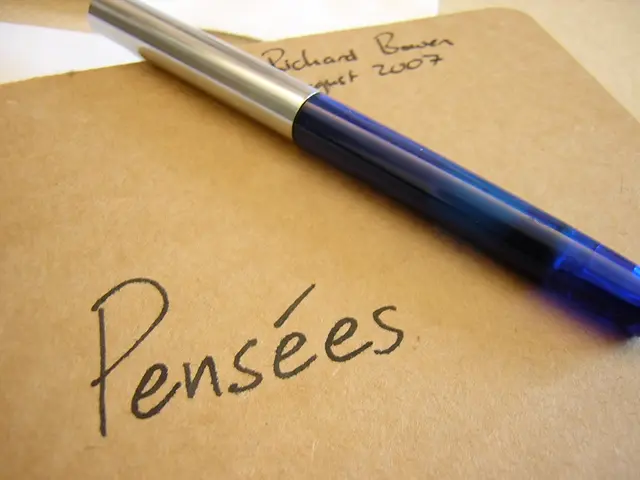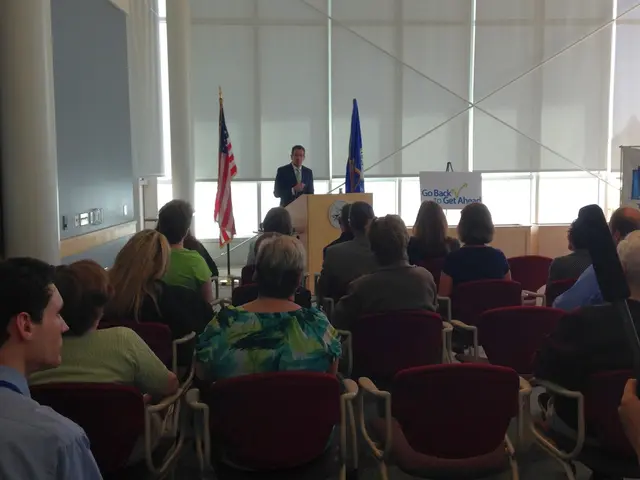decibeling-it: A deep dive into the unique sound of handclapping
Independent applause from every individual
Ever wondered why each person's handclap sounds a little different? Well, researchers from Cornell University and the University of Mississippi have discovered that there's more to it than meets the ear. From the cavity shape to the skin elasticity, several factors combine to create a distinct clap signature for everyone.
The science behind unique sounds
Have you ever thought about the physics behind clapping? Let's dive in.
- Cavity shape: The shape and size of the hand's cavity, formed when the palms are cupped or positioned for clapping, affect the resonance of the sound. It's all about that acoustic sweet spot!
- Skin elasticity: Skin elasticity impacts how the sound wave is generated and perceived. Flexible skin might produce a sharper, more defined clap compared to less elastic skin.
- Rhythm: The timing and force of the clap can vary significantly between individuals. Some prefer a steady beat, while others go for speed and power.
A passage to biometric identification
So, what's the big deal about handclaps? Well, this uniqueness could be the key to unlocking a new biometric identification method. Similar to how fingerprints or facial recognition work, each person's handclap could potentially be used to identify them. Shh, it's our little secret!
Challenges ahead
While intriguing, using handclap sounds for biometric identification comes with its own set of challenges:
- Variability: The sound can vary based on factors like the surface being clapped against, the position of the hands, or the environment.
- Consistency: Ensuring that the sound remains consistent enough to be reliably used for identification across different clapping instances is crucial.
- Technology: Developing technology capable of accurately capturing and processing these sounds in various environments is essential.
Despite these hurdles, the idea of using handclap sounds for biometric identification remains an exciting area of research with promising applications in human identification. So the next time you join in a round of applause, remember: you're creating a unique sound wave that might just identify you!
Clapping through history
From musical clapping techniques to the role of clapping in social self-organization, the study of handclapping hasn't been ignored. In the past, researchers have identified the optimal clapping angle and force, as well as the synchronization of groups over time. Fascinating, right?
- The study of handclapping isn't limited to its unique sound; it also encompasses essential aspects of science, such as physics, health-and-wellness, and fitness-and-exercise, particularly in understanding the rhythm and force of clapping.
- With the potential to use handclap sounds for biometric identification, this unique characteristic could pave the way for various advancements in education, specifically in the field of biometrics, enabling new methods of identification much like fingerprints or facial recognition.








